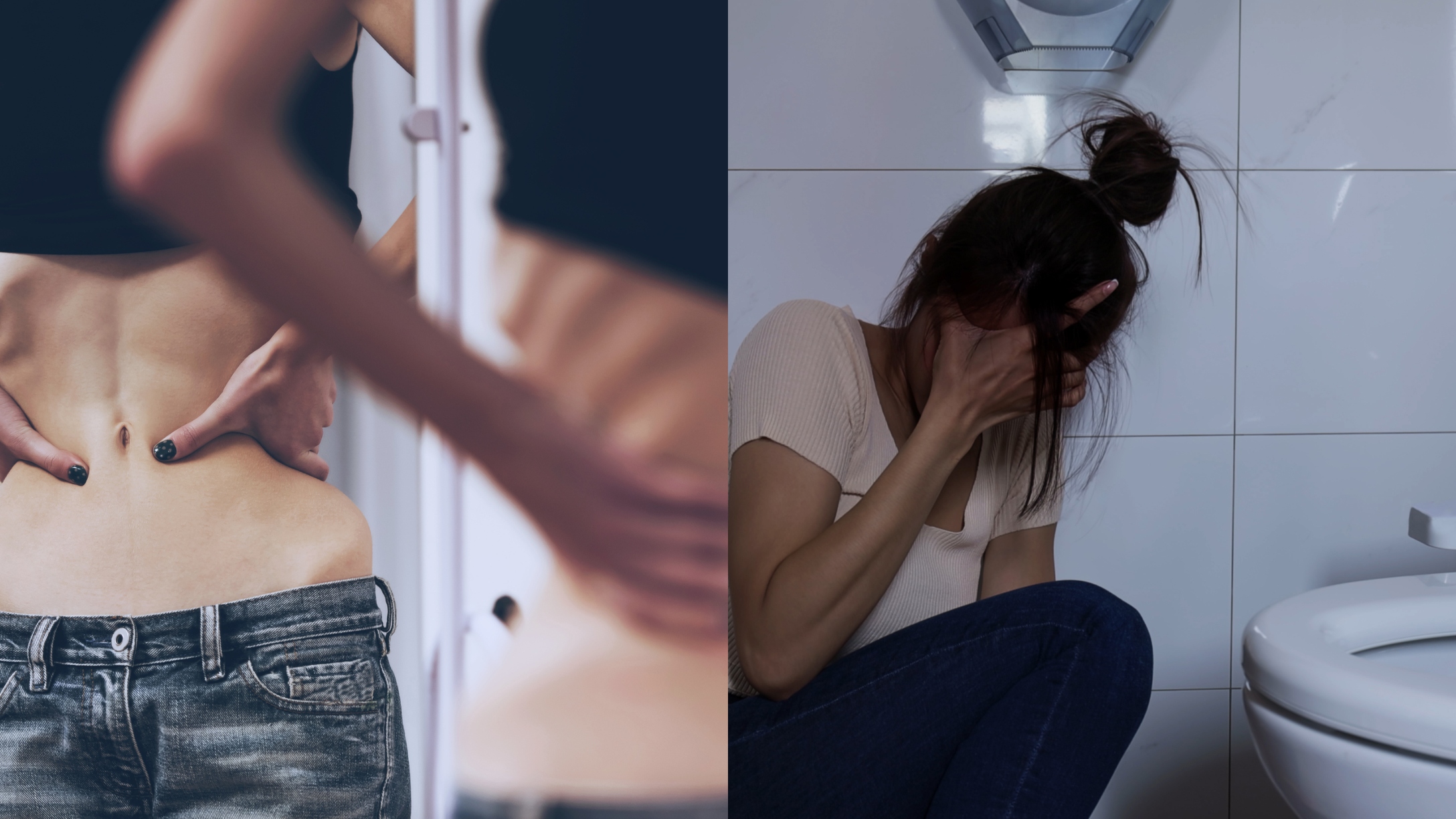
Today, teenagers are subject to so much pressure when it comes to looking perfect. Celebrities and social media heavily influence them. And even though they may think that what they see is real, filters and Photoshop are often behind these ideal faces and bodies. Nevertheless, many teens want to look like who they see on Instagram and TikTok, so they take extreme measures to try to be "perfect."
In 2023, eating disorders are rampant among American teens, with thousands of young people turning to doctors and treatment facilities for help. Experts agree there is a direct correlation between the COVID-19 pandemic and increased eating disorders due to anxiety and depression, typical triggers, NBC News reported. Frighteningly, it is not slowing down as things get back to normal.
More from CafeMom: Mom With: What Living With an Eating Disorder Is Like for a Mom of Two
Eating disorder-related health visits jumped more than 100% in just five years.
Trilliant Health reported that between 2018 and mid-2022, health visits for eating disorders in patients 17 and younger increased 107% from approximately 50,000 in early 2018 to more than 100,000 in 2022, per NBC News. Anorexia nervosa-related visits jumped by 129.3%. The disease has the highest death rate of any mental illness, NBC News reported.
"The kids are not OK," Melissa Freizinger, associate director of the eating disorder program at Boston Children's Hospital, told the news outlet. "As the pandemic started and then progressed, we kept thinking, 'Oh, it's going to get better in 2022. Oh, it's going to get better in 2023. But it hasn't."
The pandemic changed everything.
During the pandemic, teenagers were isolated and cut off from their regular routines of school, work, and socializing with friends. This caused anxiety and depression, which are triggers for eating disorders, according to NBC News. Although visits for disorders dipped slightly in 2021, they are ramping back up in teens because of post-traumatic stress disorder from the pandemic, Freizinger said.
"They're sicker than before, and they're more complicated than they were before," Freizinger told NBC News. She noted that even after COVID-19, teens continue to be hospitalized at staggering rates. Among them, many require treatment for malnourishment and severe psychiatric symptoms.
Social media is making things worse.
Everywhere we go, we see teenagers on their phones. They are often using social media that is inundating them with unhealthy messages and images. Experts in the medical field strongly believe apps such as Snapchat, TikTok, and YouTube have the potential to increase disordered eating.
"We're seeing these algorithms target teens and make the content they see more extreme," Adolescent medicine physician Dr. Jessica Lin, who specializes in eating disorders at Cincinnati Children's Hospital Medical Center, told NBC News.
She said teens who began watching exercise videos during the pandemic now see targeted content influencing their ideas about body image. "Suddenly the algorithm says they're interested in exercise and diet content, and it just keeps showing up and worsening," Lin explained. "It can just spiral from there."
Although social media platforms have come under fire for allowing "pro-ana" content, which essentially encourages disordered eating, some are changing their policies to help prevent this type of content. For instance, YouTube recently updated its community guidelines.
"On April 18, 2023, we updated our Eating disorders policy to better protect the community from sensitive content that may pose a risk to some audiences. We may remove imitable content, age-restrict content, or show a crisis resource panel on videos about eating disorders or self-harm topics," the platform announced.
Treatment facilities cannot manage the onslaught of eating disorder cases.
Some eating disorders treatment facilities are simply at capacity and can't take any other patients. Others don't take insurance, which makes treatment unattainable for some families. But those who can receive treatment are noticeably younger.
Lana Elisha Garrido, 17, told NBC News that she has been in treatment on and off since age 13 and her most recent stay at a Los Angeles facility last year saw many younger patients. She said when she was 13, it was mostly adults. "Now there's like 20 people my age," she said.
"Eating disorder care is significantly harder to access right now because of the increase in volume, and that's where we're stuck," Lin told NBC News. "For these teens to recover, they need to get into treatment as soon as possible, and we're still a long way away from having enough providers to help the number of patients we have."
More from CafeMom: I Survived Anorexia & Learned There Is So Much More to Life Than an Eating Disorder
Eating disorder diagnoses are on the rise.
Today there are broader criteria for an eating disorder diagnosis, which could explain part of the uptick in teenage cases, according to NBC News. For example, the American Psychiatric Association's manual of mental disorders — the Diagnostic and Statistical Manual of Mental Disorders, Fifth Edition, or DSM-5, included binge eating in its official list of eating disorders for the first time in 2013. Additionally, it eliminated the requirement that a woman stop having a period as a criterion for people to be diagnosed with anorexia.
"With the broadening criteria, we were able to be more aware that males can have eating disorders, specifically anorexia, and that people who live in larger bodies can also develop anorexia," Lin said. "So there's definitely been better recognition and better acceptance."




